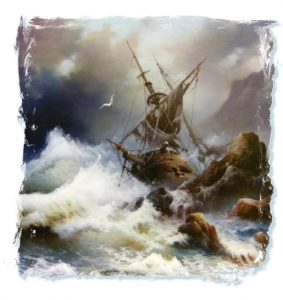I have 1000s of photos after 48 years of researching my family. I LOVE pictures. Dates, facts, and events are all wonderful and necessary; without them, there would be no skeleton and no foundation. Pictures bring all the dry and dusty bones to life.
While I have some unusual and beautiful photos, one stands out as special every time I see it. My daddy was never really interested in what I found out about his family. He would listen to my discoveries and then go on about his business. Unlike my momma, he didn’t get excited. Not long before he died, his interest grew, and we started spending more time talking about his side of the family. He shared stories I had never heard, shocked me with some revelations, which is hard to do, and left me with some mysteries to solve.
I printed all the pictures I had found of his relatives, not many compared to Momma’s family, and took them to him after writing on each of them who they were and how they were related to him.
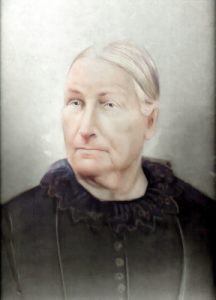
1804-1888
All my life, I’ve heard the words, “You’re James’s little girl; you look just like him!” It’s true that the genes are strong. I didn’t realize how strong they are until I found a picture of my paternal/maternal 4th great-grandmother, Nancy Yarbough.
After I showed this picture to Daddy, he showed it to everyone who came through his door and said,
“This is me before I got my hair cut!”
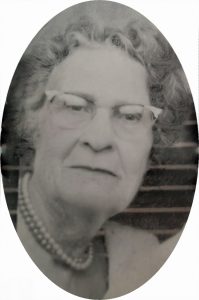
1885-1966
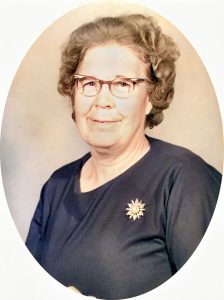
1906-1989
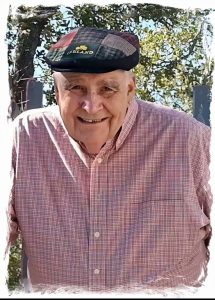
1931-2016

I’m missing a couple of generations, but I bet it’s pretty safe to say that the resemblance is strong. So, while I have many other pictures that are funnier, more interesting, more “beautiful”, none of them make me smile quite like the one of my Daddy, “before he got his hair cut.”
#52ancestors

